Ecological Entomology: Insect Life in Odd Environments
Synopsis
One of the principal aims in writing this book pertains to the increasing impact of human influence on natural habitats in recent years, more notably to the loss of habitats in recent years, more notably to the loss of habitat quality. Increased urbanization, considerable reduction in natural forest areas, changing ecology of fresh water ecosystems, lakes and wet lands, besides changing microhabitats, have had their impact on insect populations. A wide range of responses exist among several species of insects living in these changing environments, more especially landscape dynamics creating a shifting mosaic of habitats. Further, loss of habitat quality decreases population growth rate, in course of time resulting in a reduction or extinction of species. Sudden changes in the extent or quality of habitat tend to influence the behaviour reproduction and survival of individuals. In very rare cases the existence of a particular species depends on the presence of some other species, not to mention of the extinction of food chains. As such, a basic understanding of the nature of habitat loss and fragmentation and their impact on insect species dynamics become important. Fragmentation not only causes loss of amount of habitat, but tends to create small, isolated patches besides changing the properties of the remaining habitat. Some of these aspects are discussed with local examples as far as possible, to provide an overall idea of the need to study environmental aspects of insects in diverse deteriorating as well as odd environments such as fallen logs, deteriorating wood, leaf litter, forest canopy, moss, lichen agrolandscapes including habitat edges or ecotones. The diversity of aquatic insect fauna in isolated and polluted water bodies as well as some aspects of urban ecology pertaining to changing environment and loss of species, are briefly discussed. Insects occurring in forest canopies for instance, have received very little or practically no attention in the Indian context and their importance is being increasingly recognized. Besides, an understanding of bioindicators reflecting their utility in identifying habitat disturbance, pollution and climate change has also become obligatory for a proper assessment of ecosystem responses to environmental perturbation. This effort is further kindled by the senior author's interest in vistas of insect diversity in natural and interfered forests such as deforestation, to provide for mono-culture plantations such as eucalyptus, teak, tapioca, rubber etc. in many parts of the Western Ghats, such as the Tenmalai area. Similarly the long standing interest of the junior author in the area of biodiversity of aquatic ecosystems as well on the role of indicator species, has made possible the inclusion of relevant information in this area, besides the adaptive diversity of insects to climate, land use and pollutants. Numerous questions are raised about patterns and timing of the evolution of insect-plant association which are essential for an understanding as to "Why the world is the world as it is today".
Read more
83.70
75.33
$
93.00 $
Free delivery Wolrdwidе in 10-18 days
Ships in 2-4 days from New Delhi
Membership for 1 Year $35.00
Get it now and save 10%
Get it now and save 10%
BECOME A MEMBER
Books by the same authors

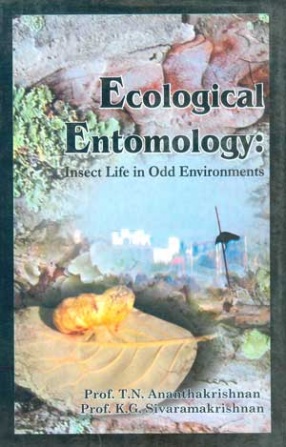
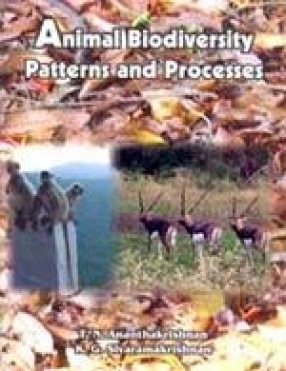
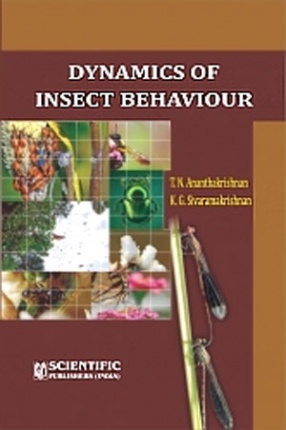
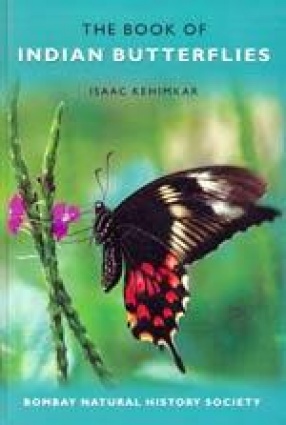
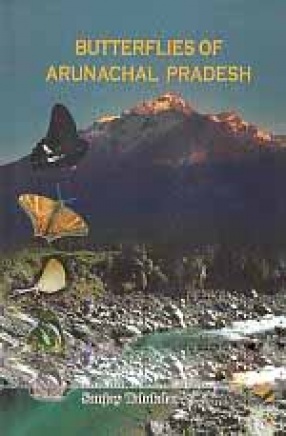
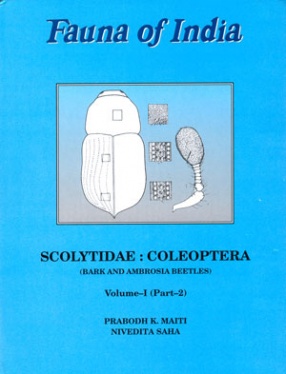
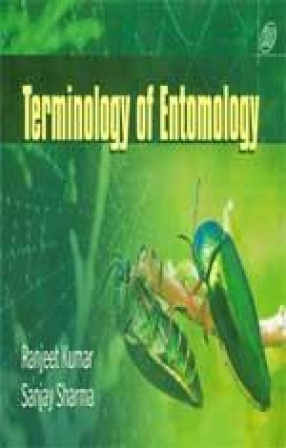

Bibliographic information
K G Sivaramakrishnan